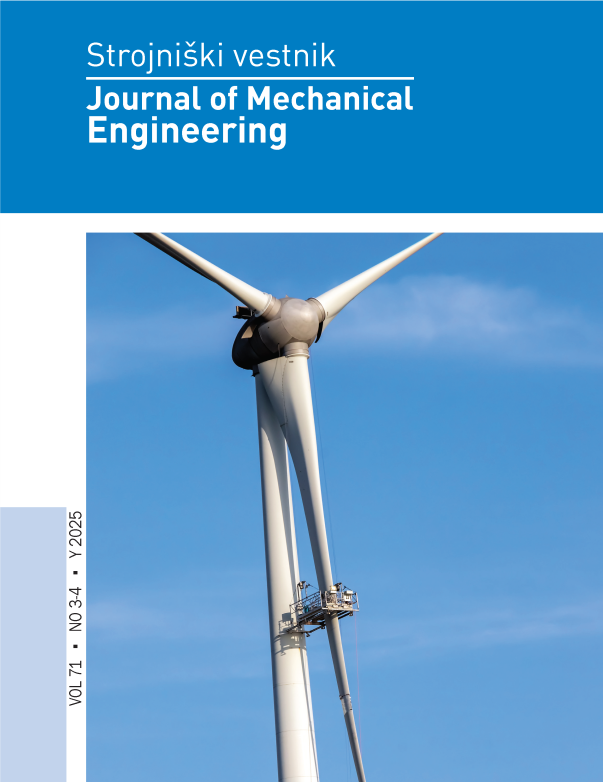Impact of Excitation Frequency and Fill Levels on Fuel Sloshing in Automotive Tanks
DOI:
https://doi.org/10.5545/sv-jme.2024.1200Keywords:
liquid sloshing, fuel tank, finite volume analysis, visualization, wave frequencyAbstract
Fuel sloshing in modern automotive fuel tanks is analyzed in this study to provide a better understanding of fuel system performance. The behaviour of sloshing waves was investigated under varying excitation frequencies and fuel fill levels using both experimental and numerical methods. A sinusoidal motion was applied to the fuel tank along its transverse axis, and the resulting wave profiles were captured using a digital camera setup. Numerical simulations were conducted using the volume of fluid (VOF) model and a user-defined function (UDF) in ANSYS Fluent to predict the sloshing wave profiles. The study reveals distinct wave patterns depending on the excitation frequency. Standing and traveling waves were observed at 0.5 Hz and 0.6 Hz, while multiple traveling waves with wave collisions occurred at 0.7 Hz. Additionally, increasing the fuel fill level (from 25 % to 60 % of tank height) significantly enhanced the damping of sloshing wave oscillations. Regression equations were developed to quantify the relationship between excitation frequency, fill level, and sloshing wave amplitude. These findings may contribute to the design of fuel tanks that mitigate sloshing effects and enhance overall vehicle performance.
Downloads
Published
How to Cite
Issue
Section
License
Copyright (c) 2025 The Authors

This work is licensed under a Creative Commons Attribution 4.0 International License.


